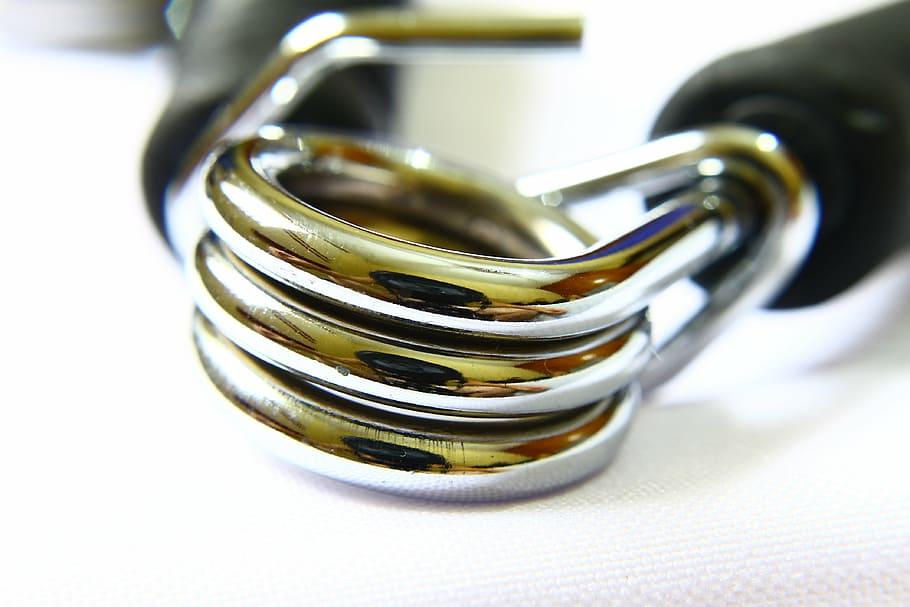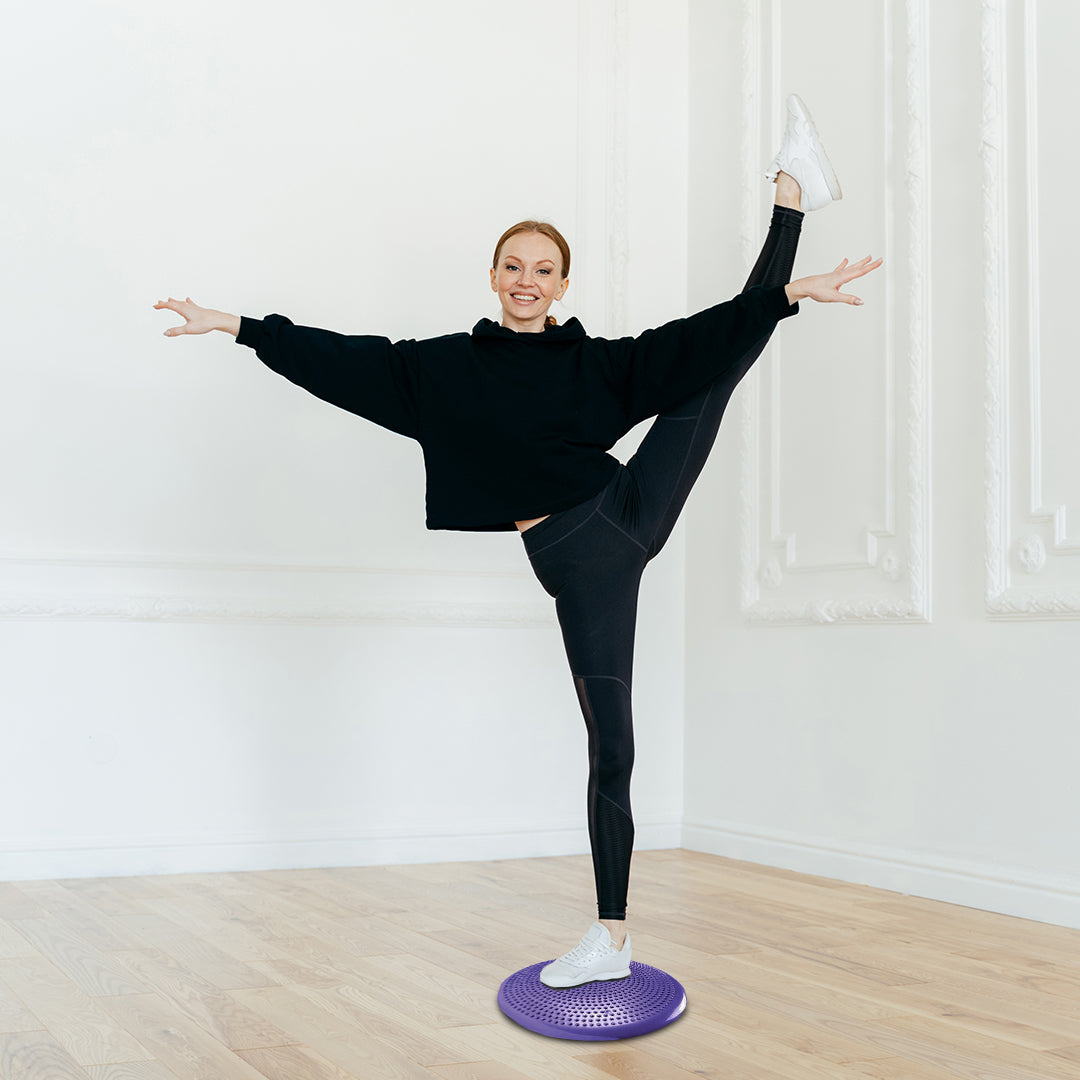Introduction
Movement restrictions and disruptions to physical activity might result from muscle spasms, joint pain, and back stiffness. Despite the fact that medication may be helpful in lowering inflammation, heat therapy is effective for back pain.
It's nothing new to use this kind of therapy. It has its roots in the ancient Greek and Egyptian practices of using the sun's rays for healing. The Chinese and the Japanese employed hot springs as a form of pain alleviation.
You don't need to go outside today to get comfort. Heating pads have made using heat therapy easier and more convenient. Hence, in this article, “Healing by Heating Pad: How Long Should You Lay on a Heating Pad?”, we will focus on several key topics and will discuss those to help you decide before purchasing a heating pad.

What Is A Heating Pad?
A heating pad is a pad that emits heat to ease aches and pains in soft tissues like muscles and joints. It is coated in a heavy, insulating cloth that aids in retaining and radiating heat. It can be used on any part of the body and is available in a number of sizes, shapes, and heating configurations. By boosting the amount of blood, oxygen, and nutrients that reach the wounded area, heat therapy helps in tissue recovery.

How To Use A Heating Pad?
The Thermal Pack can be heated easily and safely. Simply place the pack inside the product's covered pouch and microwave it for two to three minutes. A typical hot water bottle can cause significant burns, chilblains, and overheating. Instead, enjoy a much more controlled mild heat. Since it never needs to be filled or emptied, using it is highly convenient. This Heating Pad gives gentle, long-lasting heat and stay warm for hours.
What Advantages Do Heating Pads Offer?
Heat therapy is a successful way to treat back pain because it promotes increased circulation, which allows nutrients and oxygen to reach the affected joints and muscles. This improved circulation also reduces swelling, eases inflammation, and reduces stiffness in the back.
The most convenient and portable option for heat therapy is a heating pad, which can be used anywhere in the house, including in bed or while lounging on the couch.
Warm or hot baths can also provide relief for soreness and tightness in the muscles, thanks to the moist heat they produce. However, maintaining a consistent water temperature in a bath can be challenging, as the water gradually cools.
Alternatively, if you don't have a heating pad, soaking in a hot tub or taking a warm shower can also help alleviate discomfort. Both of these options provide the continuous heat of a heating pad, which is more effective than a bath.
Let’s Find Out: How Long Should You Lay on a Heating Pad?
To effectively relieve pain, a heating pad should be kept on for at least 10 to 30 minutes, although there are no specific guidelines for duration. If used for too short a time, the muscle or joint may not warm up enough to receive the benefits of pain relief. However, prolonged use of a heating pad can lead to burns and severe inflammation, as dilated blood vessels attract inflammatory cells to the warmed area.
Using a heating pad to heal muscle injuries requires careful attention and caution. It's important not to use it for too long or let it become too hot in one area of the body, and it's recommended not to fall asleep while using it. With safety in mind, a heating pad can be a useful tool for treating muscle pain.

Can This Be Used During Sleep?
You may use it at night, but obviously it shouldn't be too hot, and you will probably find it to be quite relaxing and comfortable. You can use it frequently, but you must take great caution not to overheat the pad in the microwave as this could result in damage. It might feel a little heavy at first, but after five minutes you might not even notice it and you'll just be able to relax and enjoy the warming sensation on your back.
Can You Wear This Outside?
Yes, it can be worn outside your home and it will keep you warm if you wear it under your coat.
How Long Do You Have To Wait Before You Reheat Again?
To avoid overheating, it is advisable to wait until the gel pack reaches room temperature before reheating it. However, since room temperature is already somewhat warm, a small amount of residual warmth should not cause any harm. Your comfort level will become clear with experience, but be careful not to overheat by not heating for the full recommended time.
It is recommended to reduce the usual microwave time by half, test it, and then raise it by 30 seconds till it reaches the desired temperature if it has fallen below the acceptable range. It doesn't matter how many times you reheat in a day; but, the more you use it, the sooner the plastic may start to degrade.
Exactly How Long Does This Retain the Heat For?
After about 30 minutes, the temperature drops to a lukewarm level and stays there.
Conclusion
When the body is recovering from muscle pain or soreness, either heat or ice may be useful in easing discomfort and promoting healing. There are a number of health and safety factors to take into account when applying heat using a heating pad in order to make sure that one isn't causing further damage, delaying healing, or increasing the danger of bodily injury.
As a result, we covered a number of fundamental points concerning heating pads, their varieties, and frequently asked questions in this article, "Healing by Heating Pad: How Long Should You Lay on a Heating Pad?". I hope it will aid in your decision-making before you buy a heating pad.





